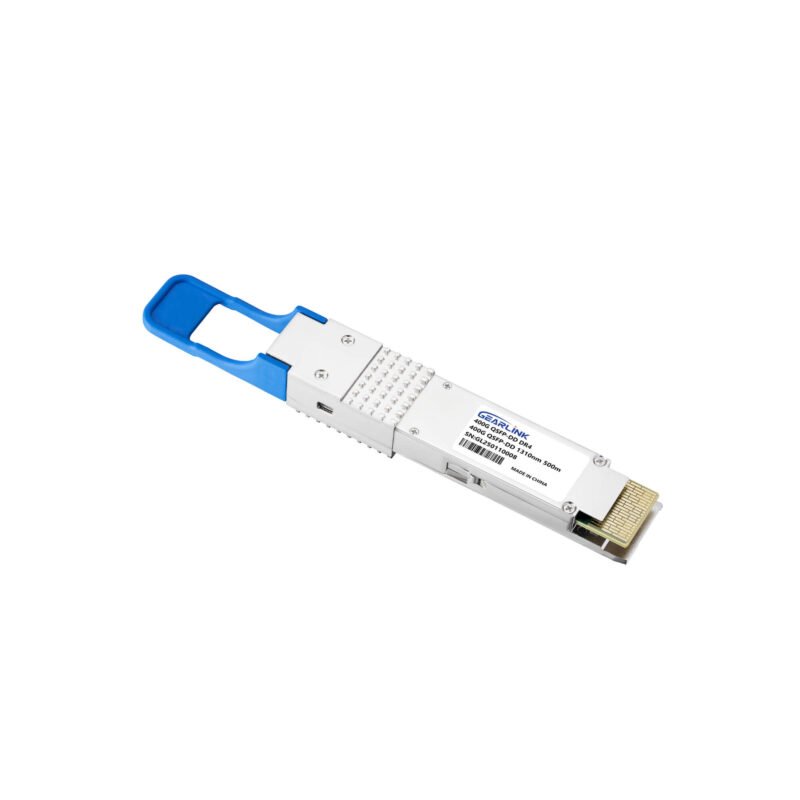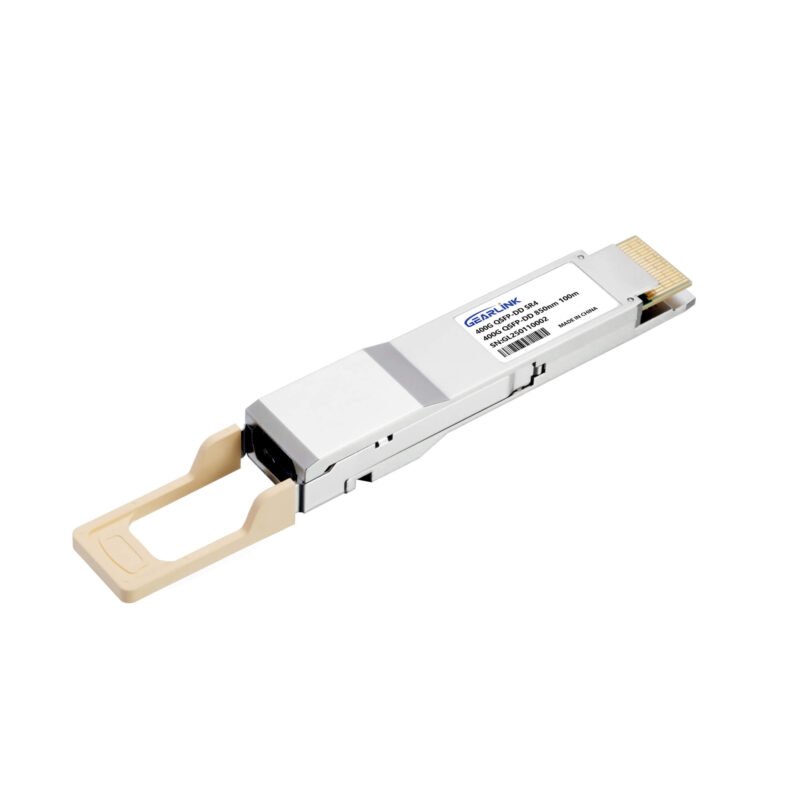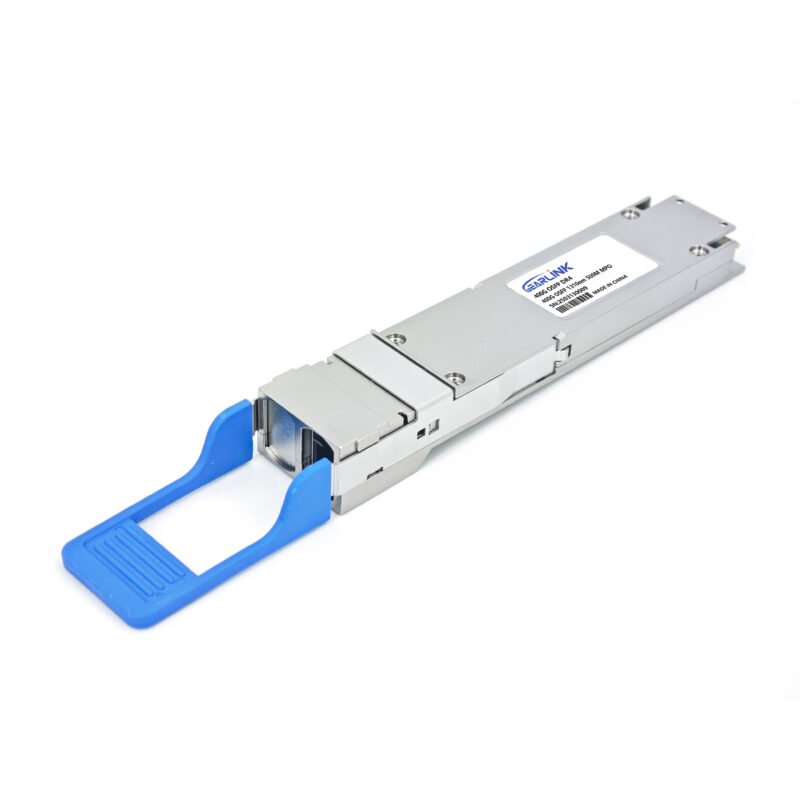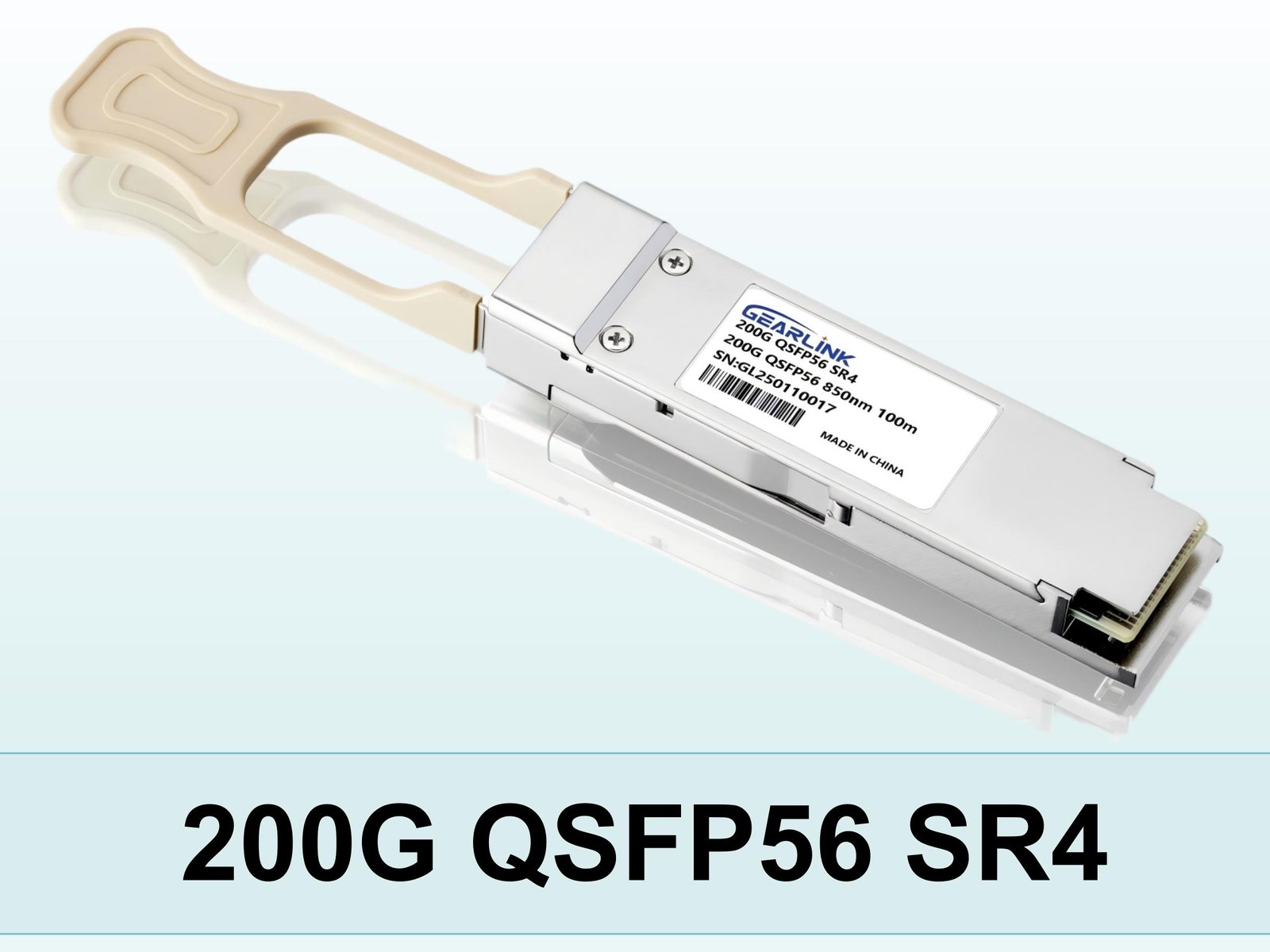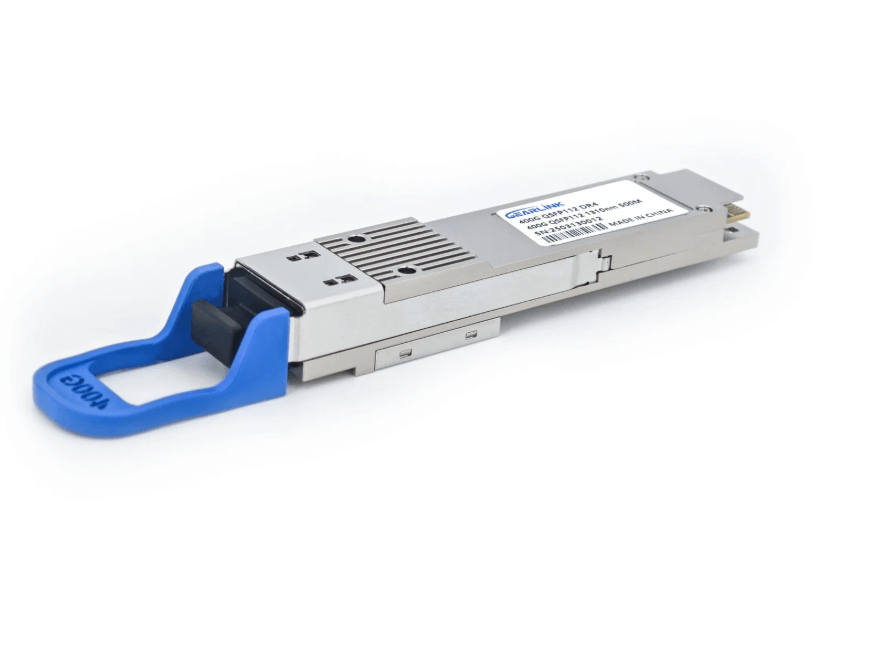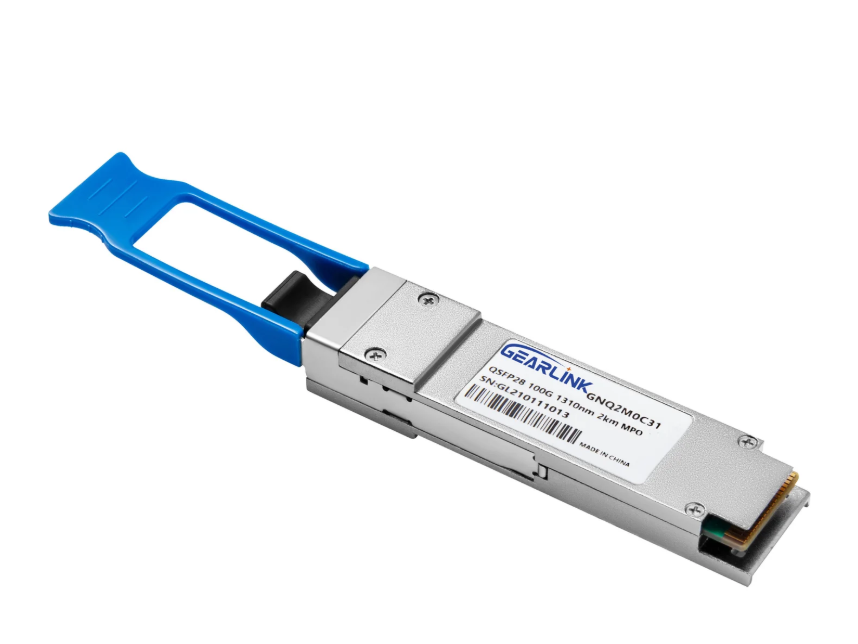The relentless expansion of cloud computing, artificial intelligence, and big data has created an insatiable demand for bandwidth. Hyperscale data centers, once the domain of 10G and 40G, quickly migrated to 100G to keep pace with the exponential growth in data traffic. However, as applications like real-time analytics, machine learning, and video streaming become more prevalent, even 100G networks are beginning to strain. This has spurred a critical shift toward the next generation of high-speed connectivity, and at the heart of this transition lies the 400G DR4 transceiver. This powerful optical module is emerging not merely as an upgrade but as a foundational technology that promises to define the architecture of data centers for years to come.
For network engineers, architects, and IT professionals tasked with building and maintaining these complex environments, understanding the role of 400G technology is paramount. This article delves into the core of the 400G DR4 transceiver, exploring its unique technical specifications, its compelling advantages, and its pivotal role in the future of data center connectivity. By analyzing its real-world applications and contrasting it with other standards, we can fully appreciate why this specific technology is positioned as a cornerstone of modern networking.
The Unprecedented Need for 400G Connectivity
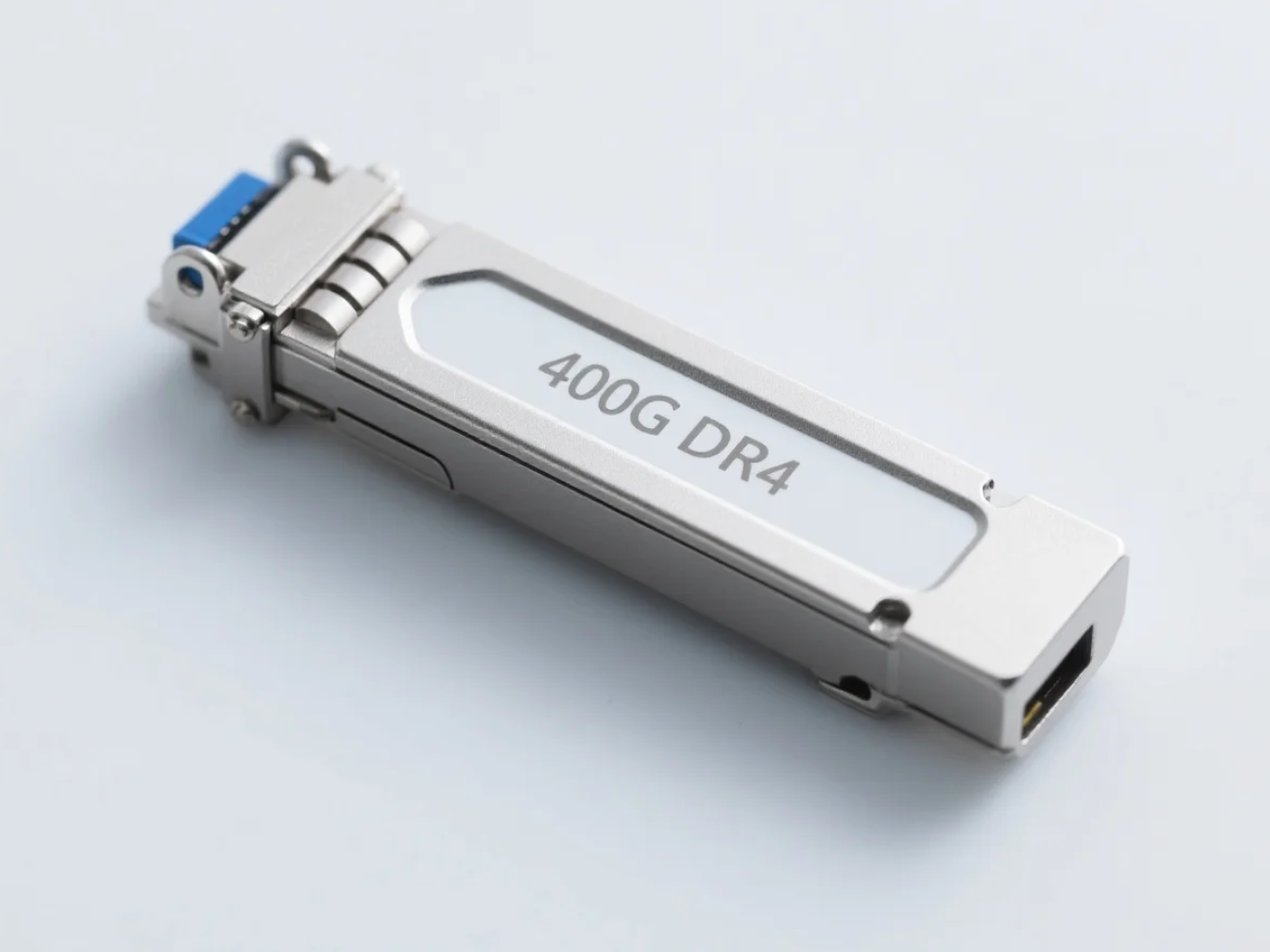
The digital world is more connected than ever, and data centers are the nervous system that facilitates this global interaction. The increasing density of servers and the growing demand for high-speed, low-latency communication between them have made intra-data center connectivity a significant bottleneck. This is particularly true within the spine-and-leaf architectures that are standard in most hyperscale environments, where traffic flows not just north-south (client-server) but also east-west (server-to-server).
While 100G optical modules provided a significant leap forward, they are now reaching their limits in core data center links. Aggregated traffic from thousands of servers, each handling complex tasks, requires a new level of performance. Upgrading to 400G becomes a necessity to prevent network congestion, improve application performance, and ensure future scalability. This migration is not just about raw speed; it’s about optimizing power consumption, reducing physical footprint, and simplifying the network fabric. The 400G DR4 transceiver offers a compelling answer to these challenges, providing a highly efficient and cost-effective solution for short-to-medium-reach links within the data center.
Understanding the 400G DR4 Transceiver
At its core, the 400G DR4 transceiver is a technical marvel designed to meet the rigorous demands of modern data center networking. The name itself provides a clue to its design: the “400G” denotes its total bandwidth, while the “DR4” signifies its specific optical and signaling characteristics. The “DR” stands for “Data Rate,” and the “4” indicates that the module transmits data across four parallel optical lanes.
Each of these four lanes operates at a speed of 100 gigabits per second (Gbps), which, when combined, achieves the total 400G throughput. The technology behind this is a significant step up from traditional NRZ (Non-Return-to-Zero) signaling. The 400G DR4 transceiver utilizes PAM4 (Pulse Amplitude Modulation 4-level) modulation. Instead of encoding one bit per clock cycle as NRZ does, PAM4 encodes two bits per cycle by using four distinct voltage levels. This ingenious technique effectively doubles the data rate over each electrical and optical lane without requiring a proportional increase in clock frequency, thereby improving power efficiency and spectral efficiency.
The module operates over single-mode fiber (SMF), a standard for data center cabling that offers superior performance for short distances. The 400G DR4 transceiver is specifically defined by industry standards, such as IEEE 802.3, to support links up to 500 meters. This makes it an ideal choice for the vast majority of connections within a single data center building or campus, including rack-to-rack, switch-to-switch, and spine-and-leaf interconnections. Its design ensures it can be seamlessly integrated into existing infrastructure, making it a pragmatic choice for a phased upgrade.
Why the 400G DR4 Transceiver is a Game-Changer
The adoption of the 400G DR4 transceiver is driven by more than just its technical specifications. It brings with it a host of practical advantages that directly benefit network operators and data center owners, fundamentally changing the economics and logistics of high-speed networking.
Efficiency and Scalability
One of the most significant benefits is its superior power efficiency. By leveraging PAM4 signaling and advanced optics, the power consumption per bit is drastically lower compared to using four separate 100G modules or other less optimized solutions. In a hyperscale data center with thousands of transceivers, this translates to millions of dollars in energy savings over the module’s lifetime. Furthermore, the compact form factor and simplified design of a single 400G module free up valuable switch faceplate space, allowing for higher port density and a more scalable network architecture. This consolidation simplifies cable management and reduces the overall physical footprint of the network.
Cost-Effectiveness
The economics of the 400G DR4 transceiver are highly compelling. While the initial per-module cost may be higher than a 100G counterpart, the cost per bit is substantially lower. This is a critical metric for data center operators. A single 400G DR4 transceiver can replace four 100G modules and their associated cabling, which reduces the total bill of materials. The use of widely available and cost-effective single-mode fiber also contributes to overall savings, as it is a less expensive and more scalable option than multi-mode fiber for these distances. This combination of lower power consumption, reduced physical space, and optimized per-bit cost makes the DR4 standard a financially sound investment for building next-generation networks.
Reliability and Interoperability
Industry standardization is a key factor in the success of the 400G DR4 transceiver. Its adherence to IEEE and other industry specifications guarantees interoperability between modules from different vendors. This ensures that a data center is not locked into a single supplier, promoting a competitive market and a more robust supply chain. For network engineers, this means they can confidently deploy modules from various manufacturers in the same network, knowing they will function together seamlessly. This level of interoperability is crucial for large-scale deployments where flexibility and supplier diversification are essential.
Application Scenarios and Deployment Strategies
The versatility and performance of the 400G DR4 transceiver make it an ideal choice for several key applications within the data center. Its most common use case is in the spine-and-leaf network topology, where it facilitates high-speed connections between leaf switches and the spine switches. In this architecture, the DR4’s 500-meter reach is more than sufficient for spanning the typical distances within a single data center floor or building.
Another critical application is for high-density Top-of-Rack (ToR) to End-of-Row (EoR) or core switch connections. As server racks become more densely packed and equipped with higher-speed network interface cards (NICs), the need for a high-bandwidth uplink becomes paramount. The 400G DR4 transceiver provides a simple, direct, and efficient way to aggregate traffic from multiple servers and transport it to the central network core. For network architects considering a 400G upgrade, a phased deployment strategy is often the most pragmatic approach. By initially deploying 400G DR4 links in core network segments with the highest traffic, and then extending the rollout to other parts of the network, organizations can manage their transition smoothly while immediately reaping the benefits of improved performance and efficiency.
Future Outlook: Beyond DR4
While the 400G DR4 transceiver is a leading solution for today’s needs, the optical networking landscape is in constant evolution. It is important to consider how this technology fits into the broader ecosystem of 400G and beyond. The DR4 standard is primarily a single-mode, parallel optics solution for short-to-medium reaches. For longer distances, other 400G standards like FR4 (over 2 kilometers) and LR4 (over 10 kilometers) offer different technical approaches, often using WDM (Wavelength Division Multiplexing) to achieve longer reach over fewer fibers.
Furthermore, the industry is already looking ahead to 800G and 1.6T speeds to meet the demands of future applications like next-generation AI and quantum computing. However, the foundational technologies and design principles pioneered by the 400G DR4 transceiver, such as PAM4 modulation and parallel fiber transmission, will undoubtedly influence the development of these next-generation modules. The DR4 standard represents a mature, reliable, and cost-effective stepping stone that paves the way for a seamless transition to even higher speeds.
Conclusion
The question of whether 400G DR4 transceivers are the future of hyperscale data center connectivity can be answered with a resounding “yes.” This technology has proven its value by delivering a powerful blend of performance, efficiency, and cost-effectiveness. By addressing the critical need for increased bandwidth, simplifying network architecture, and providing a clear path to scalability, the 400G DR4 transceiver has cemented its position as a key component in modern data center infrastructure. For network professionals building the networks of tomorrow, integrating this technology is not just a smart choice—it is a necessary one. As data traffic continues to grow at an unprecedented rate, the 400G DR4 transceiver stands ready to meet the challenge, ensuring that our digital world remains connected, fast, and reliable.
FAQ
Q1: What is the main difference between 400G DR4 and 400G FR4?
A1: The primary difference lies in their reach and underlying technology. The 400G DR4 transceiver uses four parallel optical lanes to transmit a combined 400G signal over a single-mode fiber with a reach up to 500 meters. In contrast, the 400G FR4 standard uses Wavelength Division Multiplexing (WDM) to transmit four 100G signals over a single pair of fibers, extending the reach to up to 2 kilometers. FR4 is typically used for longer-distance links, while DR4 is the standard for short-reach, high-density connections within the data center.
Q2: Is the 400G DR4 standard compatible with other 400G modules?
A2: Yes, the 400G DR4 standard is designed for interoperability. As long as both ends of the connection are using modules that comply with the IEEE 802.3bs standard for DR4, they will interoperate seamlessly. This allows for a flexible and multi-vendor environment, which is crucial for large-scale data center deployments.
Q3: Can I use a 400G DR4 transceiver for a 100G link?
A3: Yes, the 400G DR4 standard supports breakout to four independent 100G links. This is a significant advantage, as it allows a single 400G switch port to connect to four separate 100G devices, such as servers or other switches. This breakout functionality is achieved with a specific MPO-to-LC fiber breakout cable, making it a highly versatile solution for a variety of network topologies.
